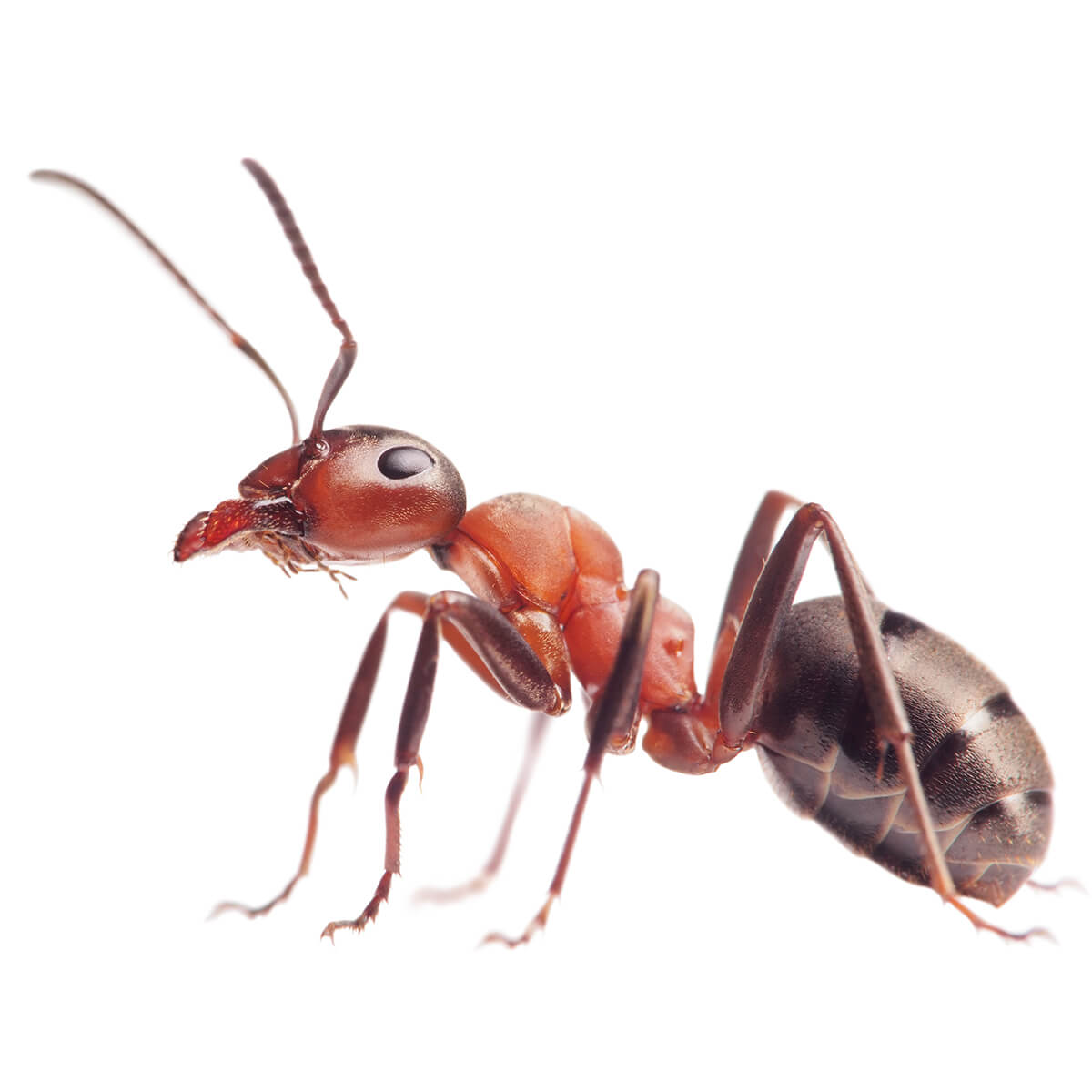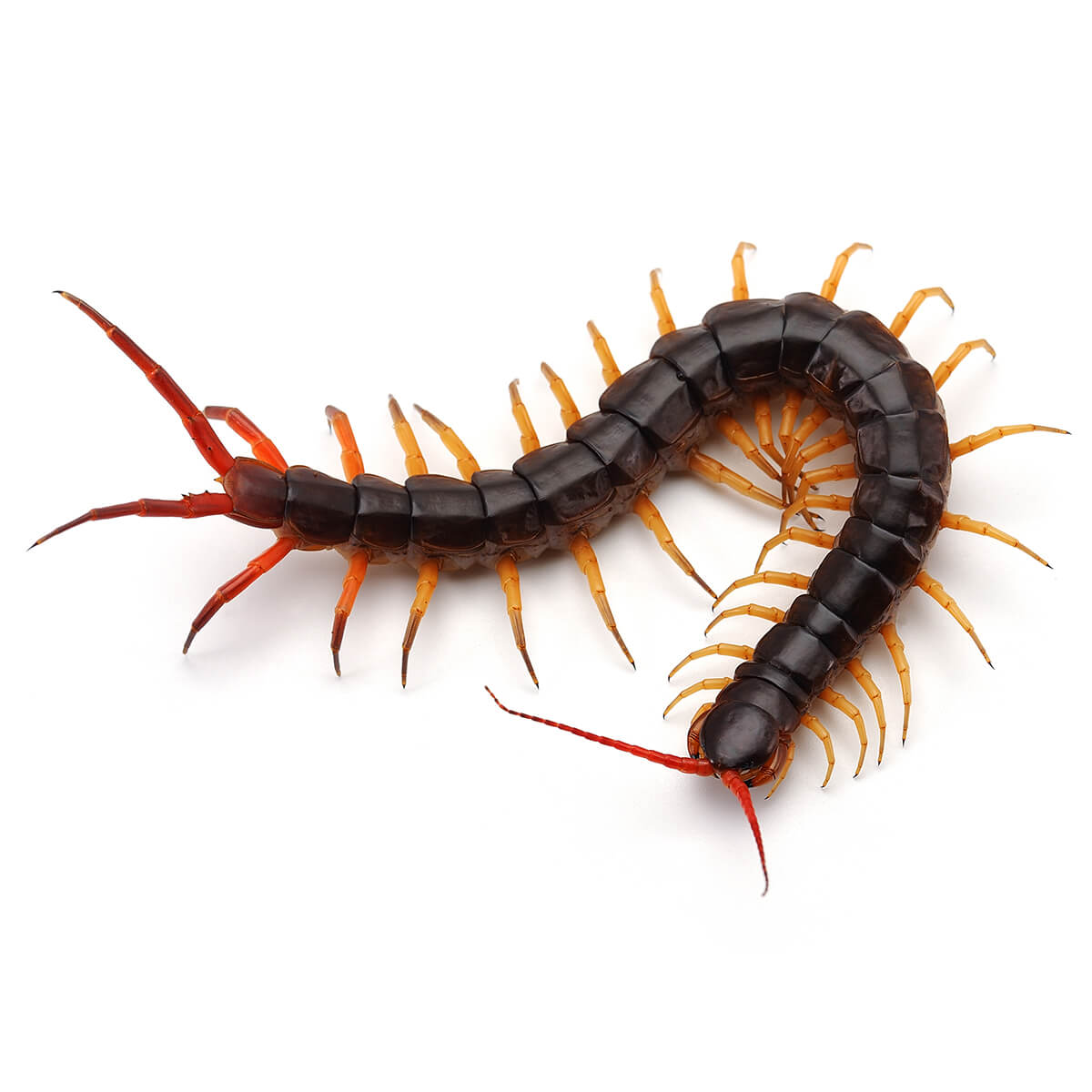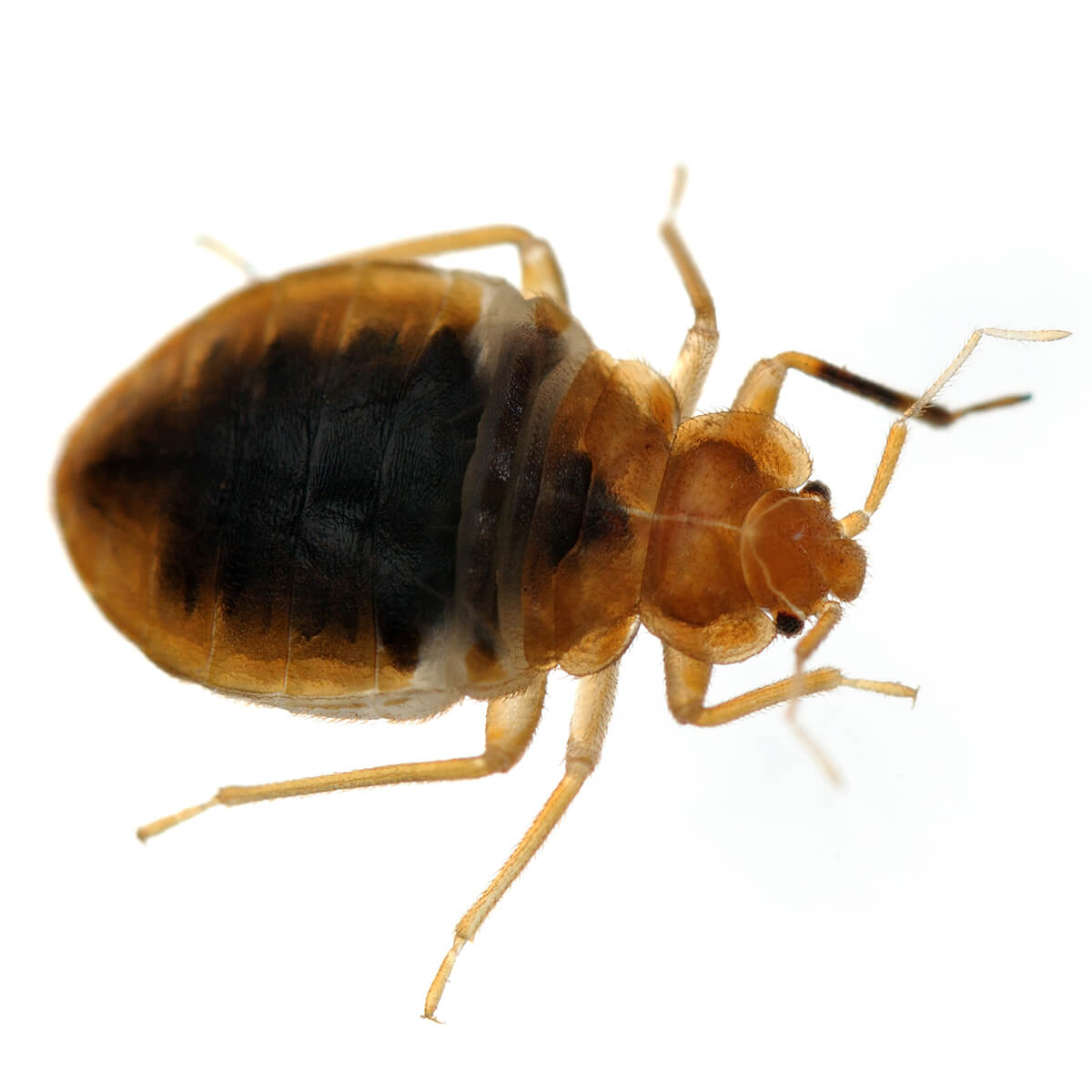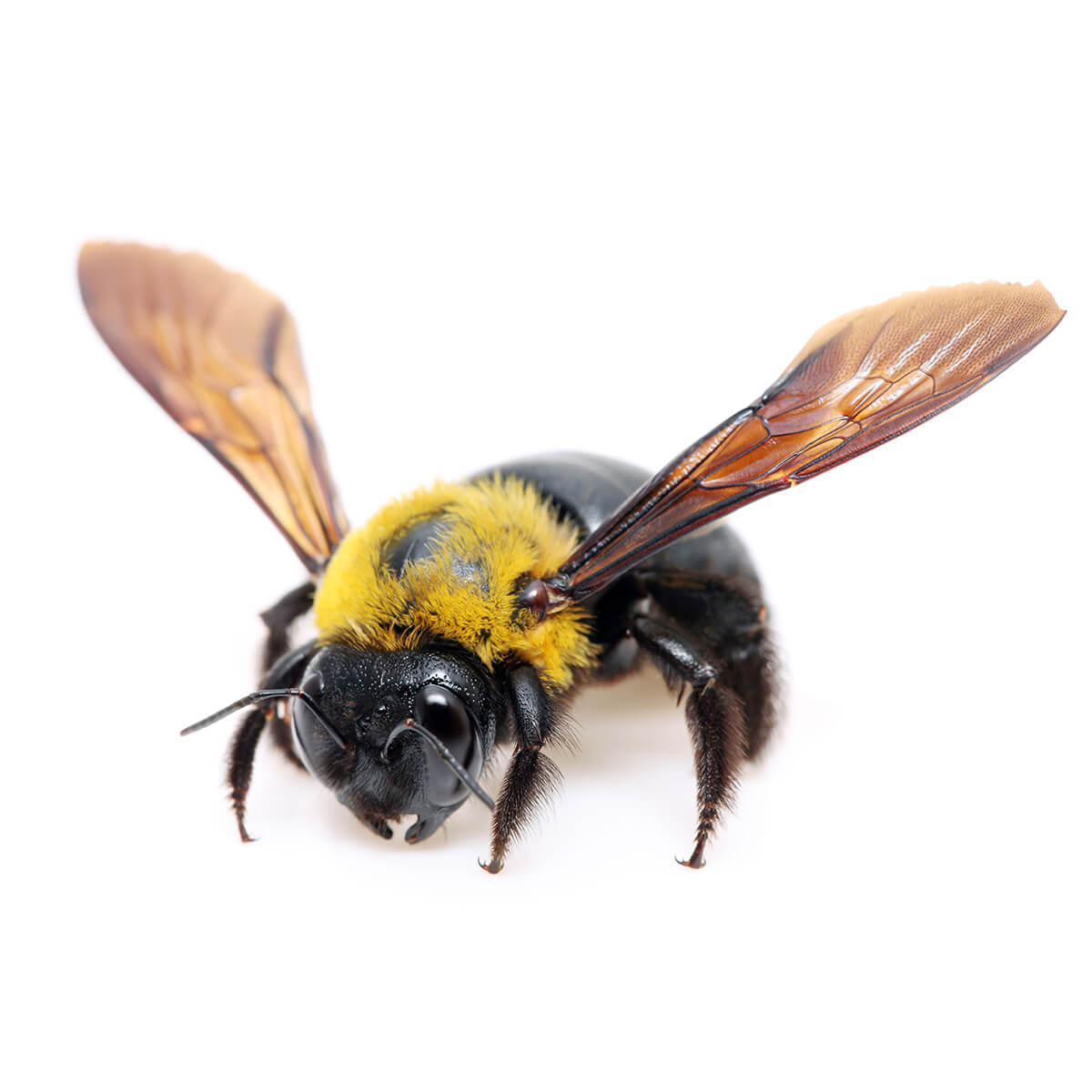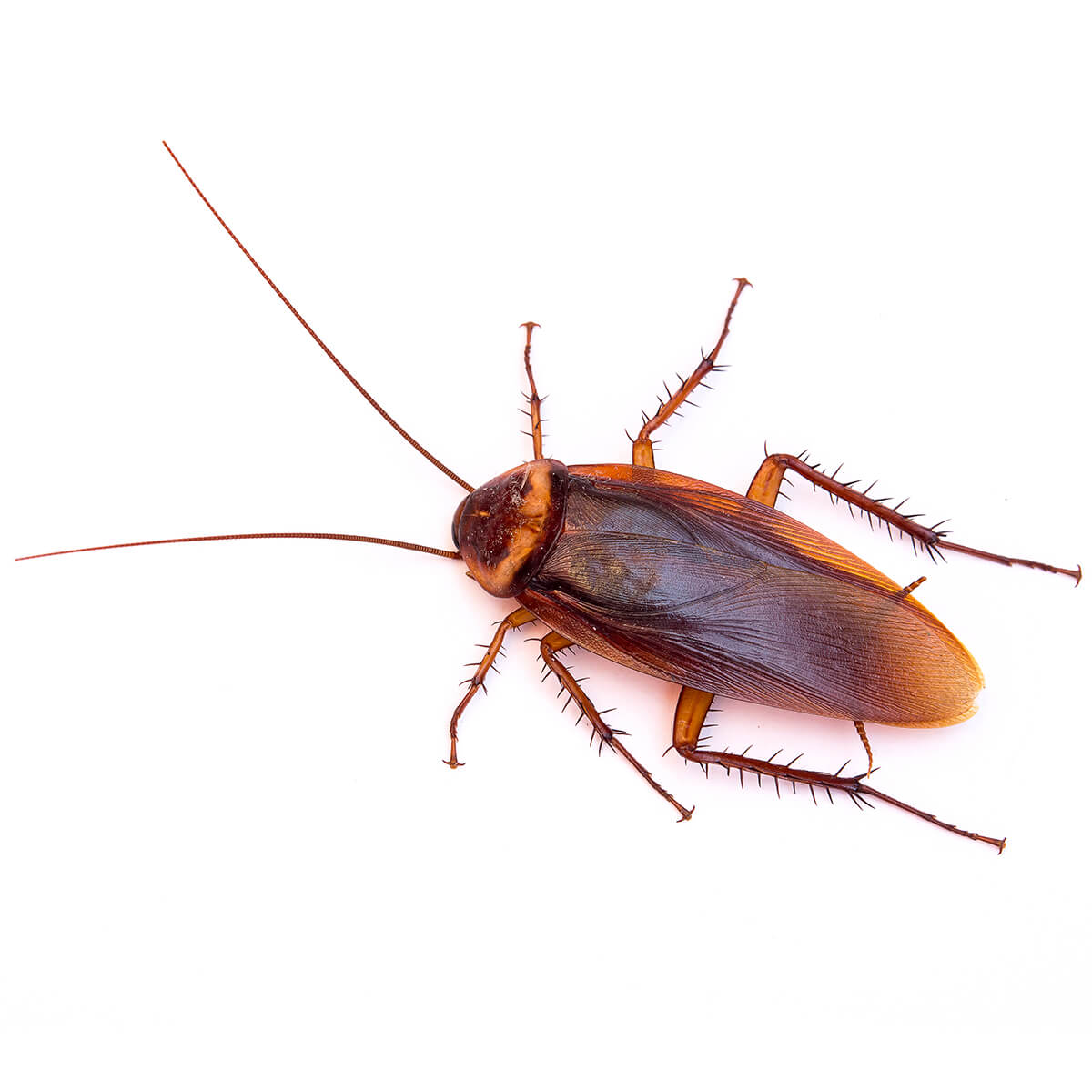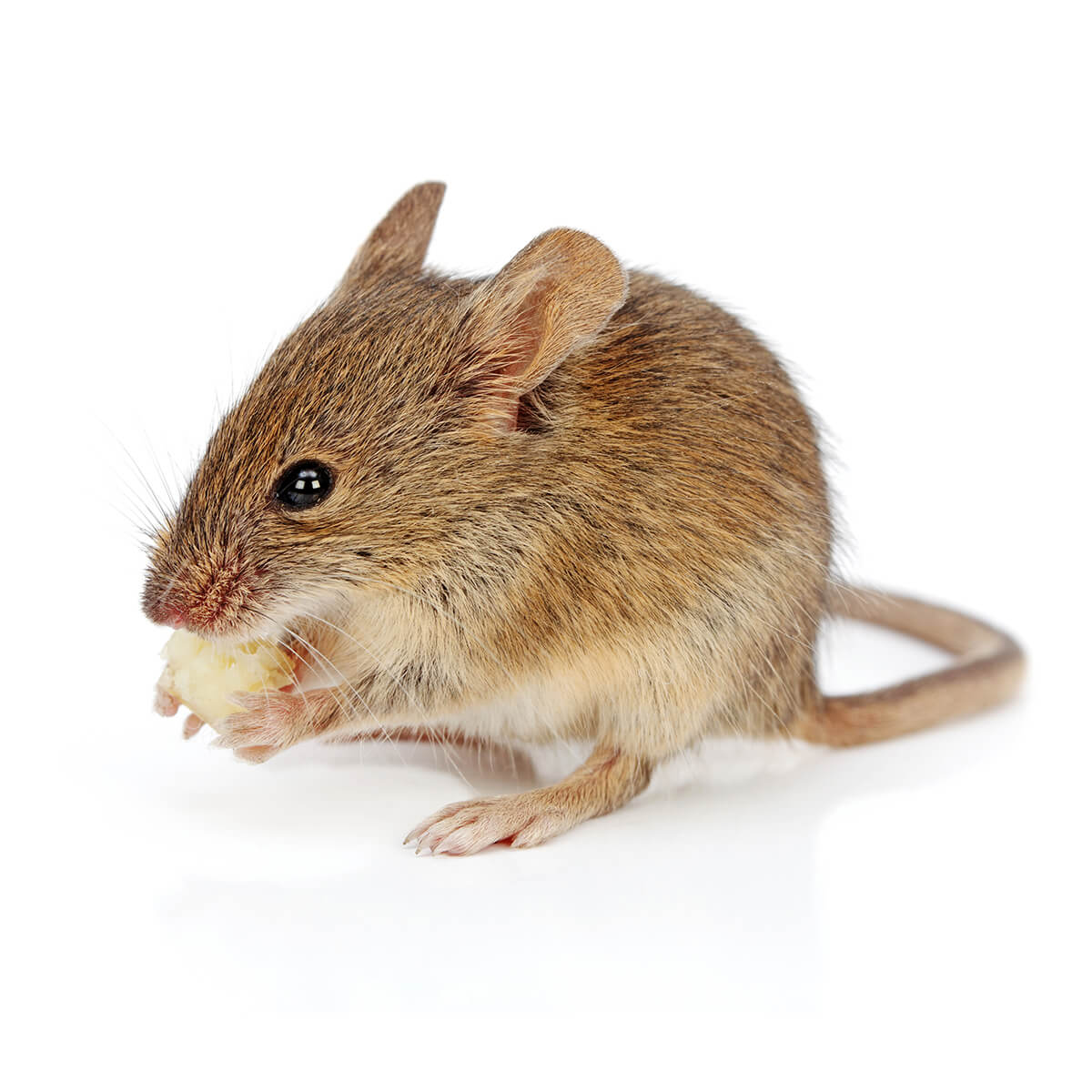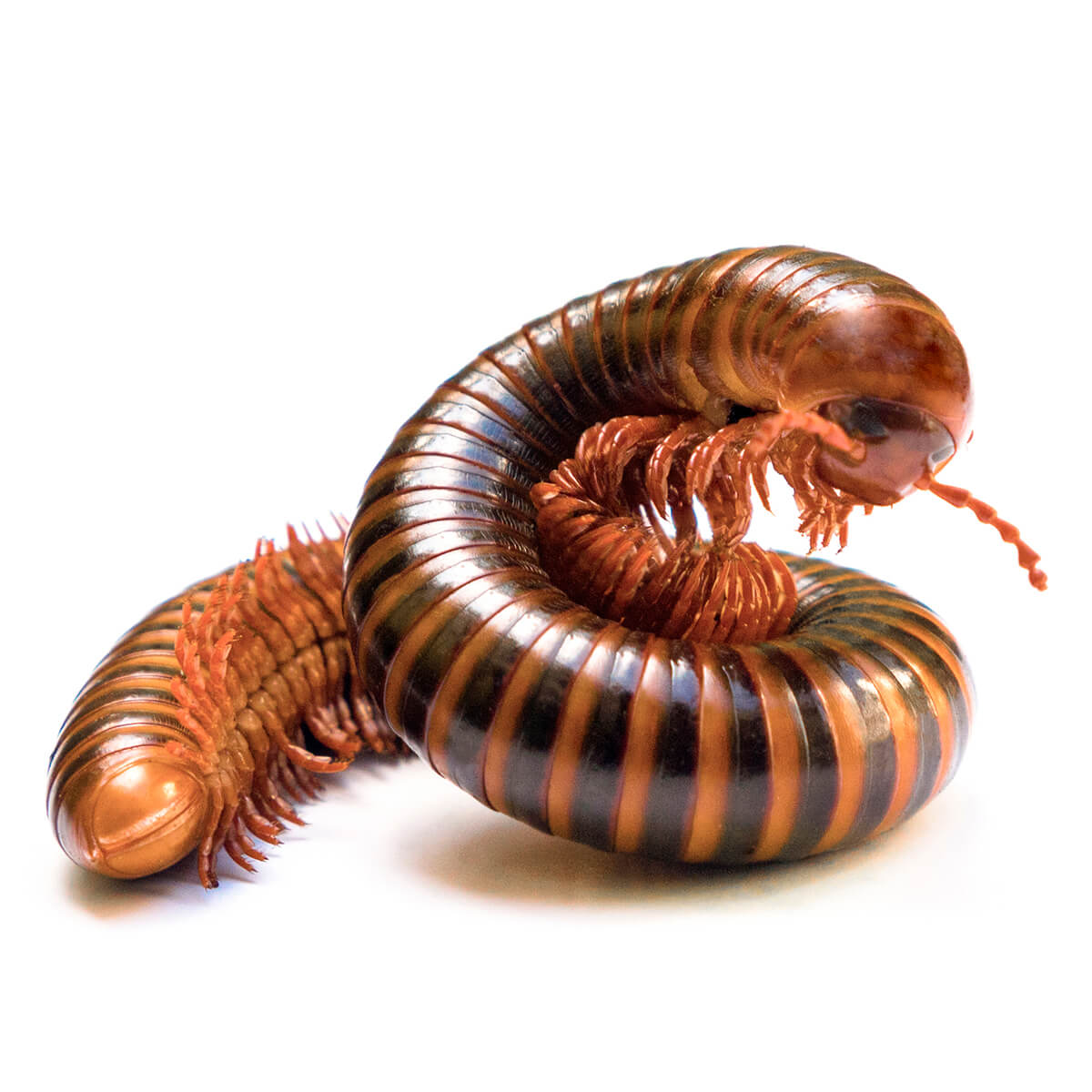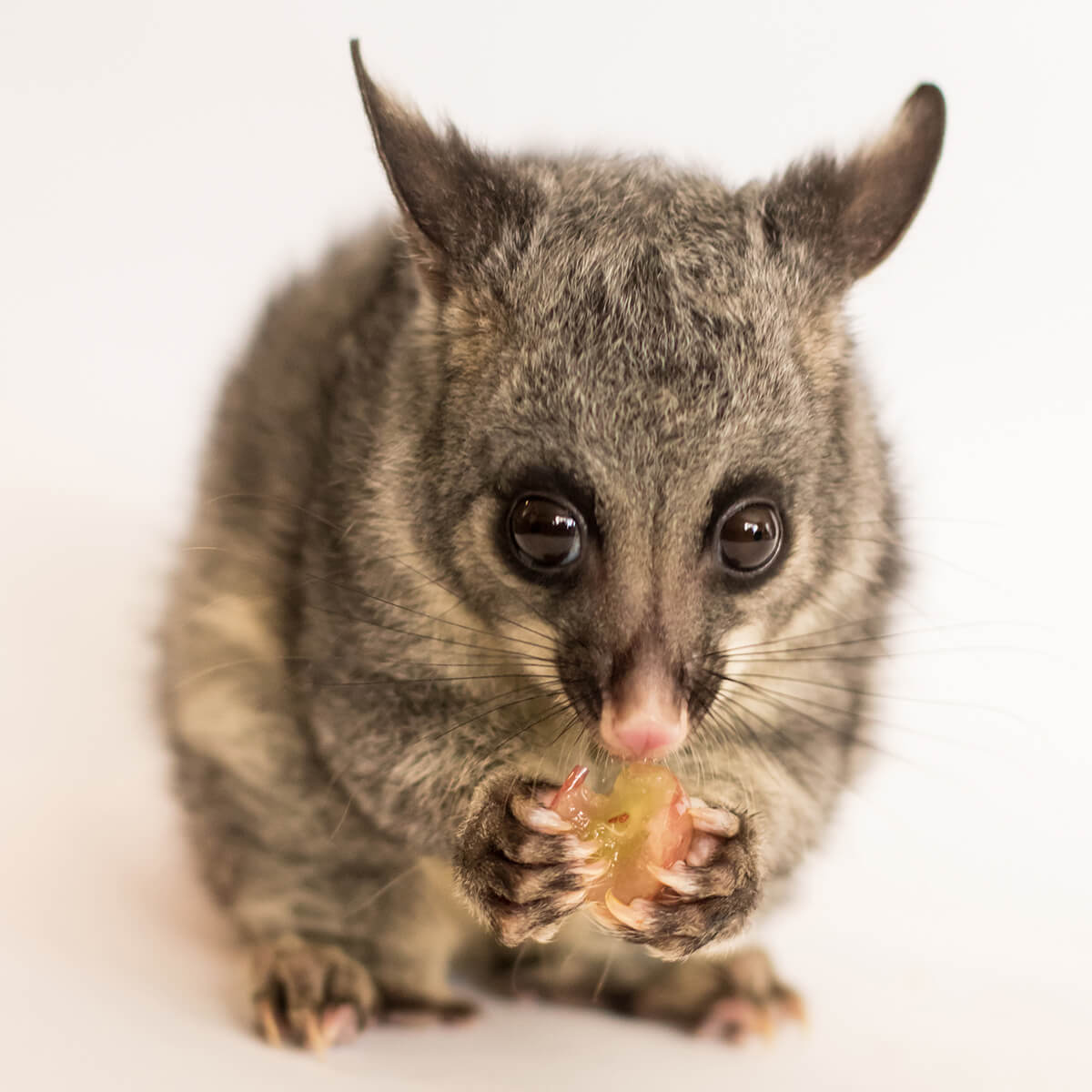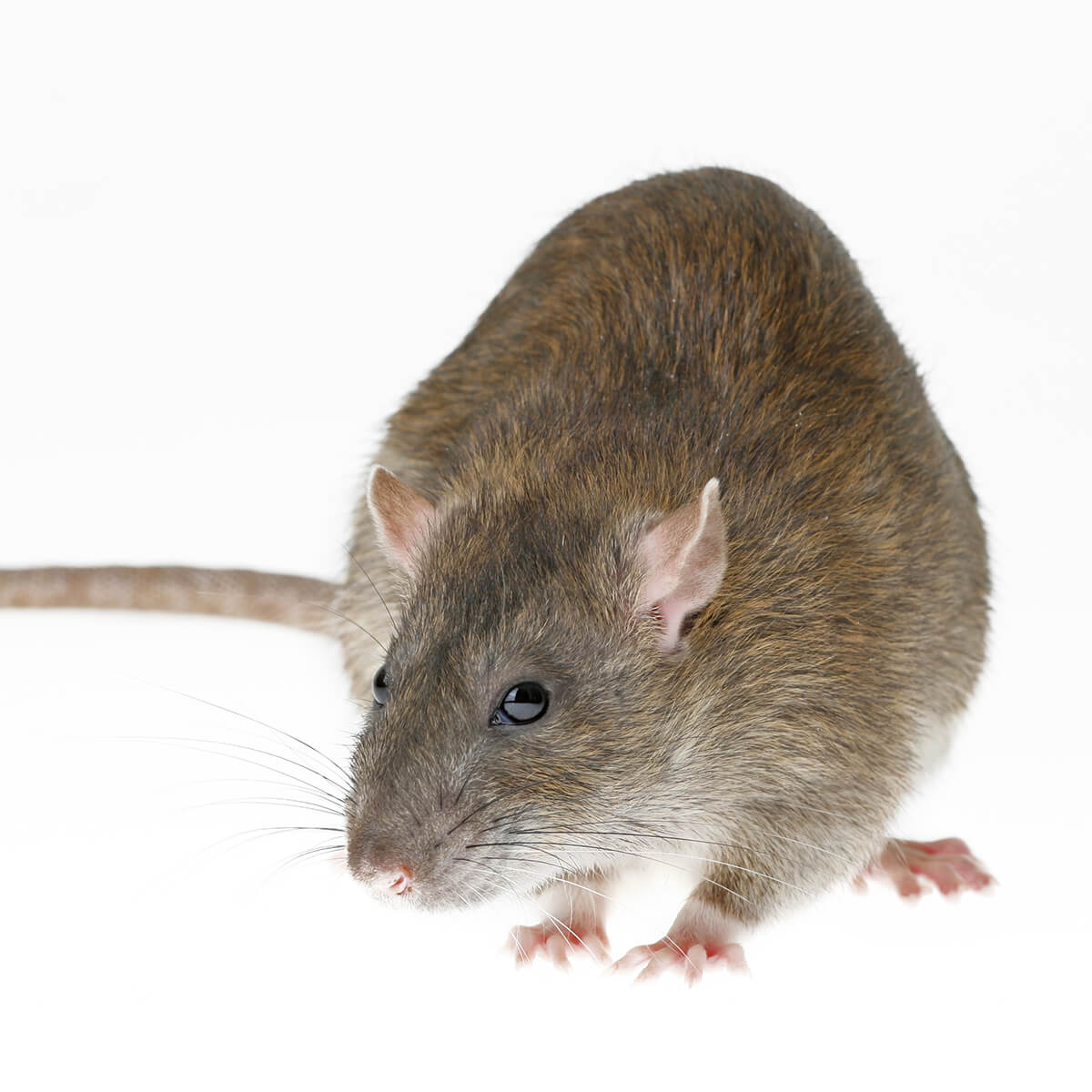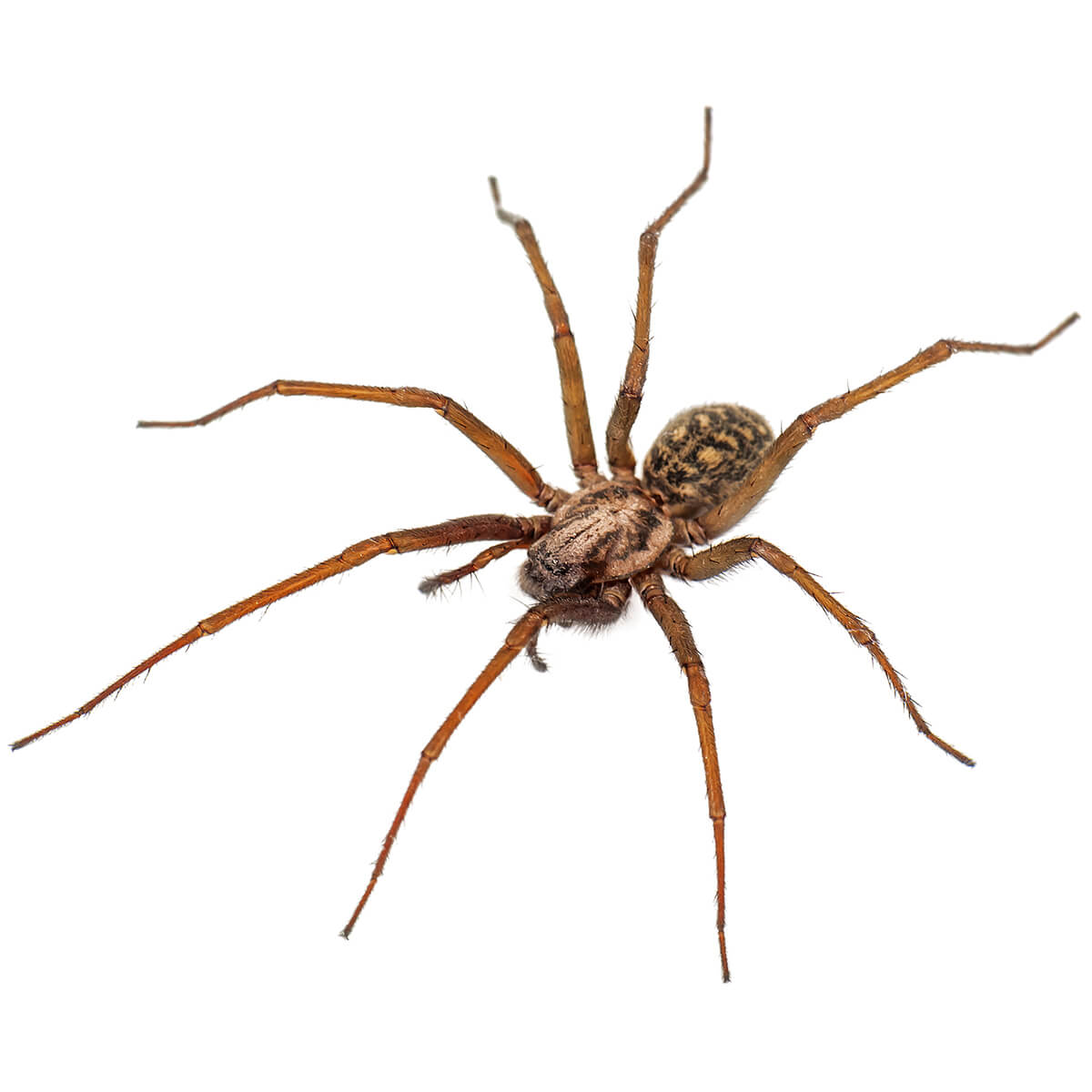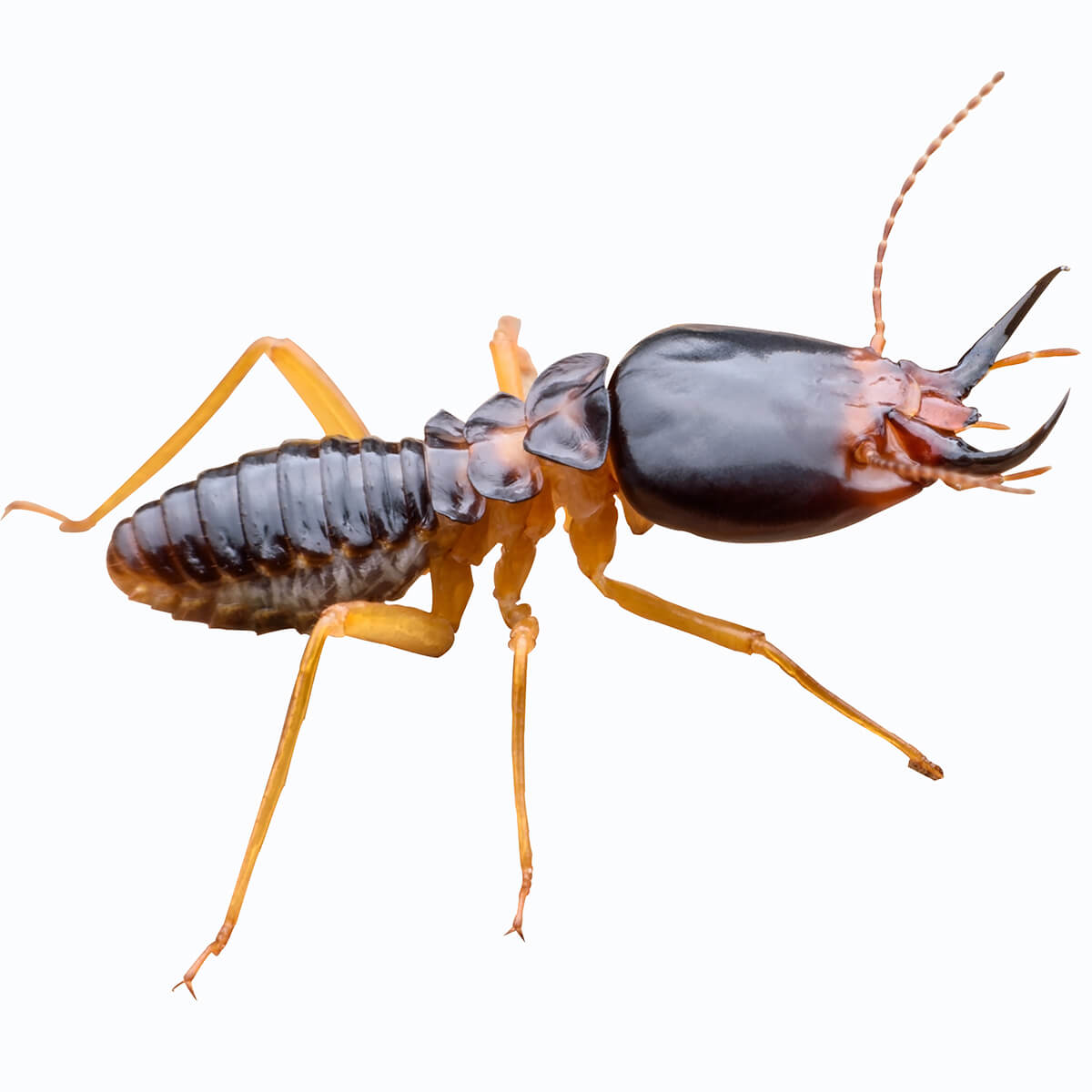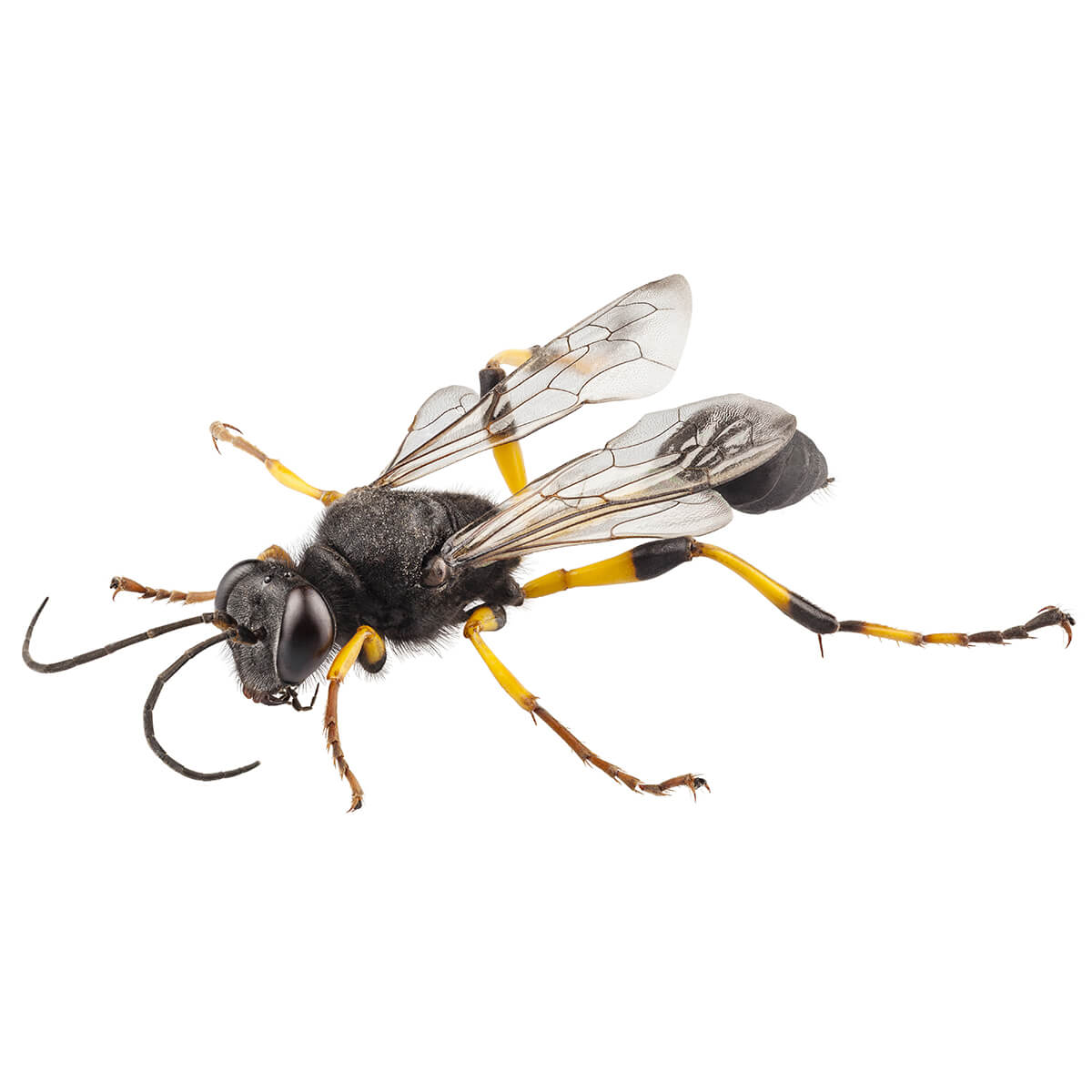Pest Library
Fantastic Pest Control has gathered a comprehensive database of the most common pest species in Australia (our "pestiary", if you will). We'll help you identify the pest, find the reasons for the infestation and do something about reversing it. It's not easy to solve a problem if you don't know what the problem is. That's what we're here to help you with!
Ants
Family Formicidae
See all articles
Centipedes
Ethmostigmus rubripes
Bed Bugs
Cimex Lectularius
See all articles
Bees
Order Hymenoptera
See all articles
Cockroaches
Order Blattaria
See all articles
Mice
Mus Domesticus
See all articles
Millipedes
Ommatoiulus moreletii
Possums
Phalangeriformes
See all articles
Rats
Rattus Norvegicus
See all articles
Spiders
Araneae
See all articles
Termite
Isoptera
See all articles
Wasp
Hymenoptera
See all articles
Not sure what pest you are dealing with?
Book an inspection